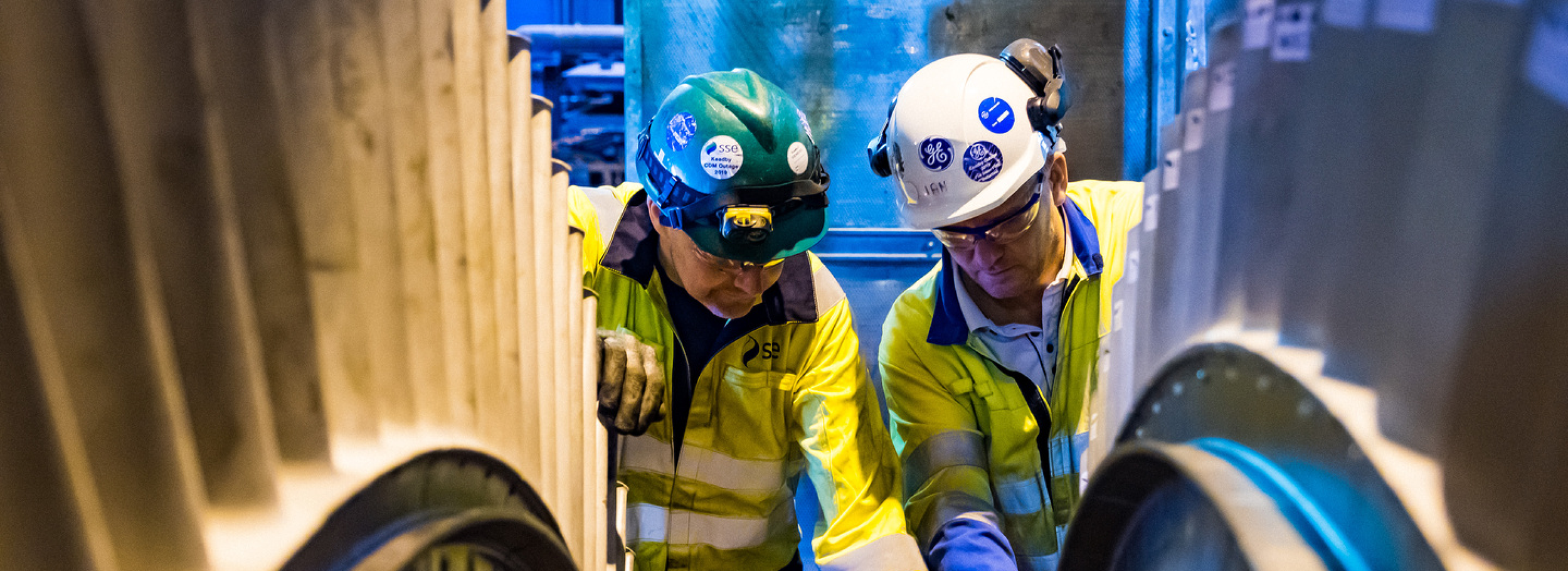
Technology
Understanding Hydrogen
What is hydrogen?
Hydrogen is the lightest chemical element in the periodic table and the most abundant element in our universe.
At standard temperature and pressure, hydrogen is a colourless, odourless, tasteless, non-toxic, highly combustible gas, but it has the highest specific energy content of all conventional fuels.
Like electricity, hydrogen carries energy – it’s not an energy source – so it must be produced. But it offers several benefits that make it a great candidate to replace fossil fuels:
It can replace natural gas in flexible thermal plants and doesn’t contain carbon. So, no carbon dioxide is emitted when it is used. Instead, water is mainly produced when it is burnt with oxygen.
It can be used directly as a fuel (like natural gas) or it can be used to generate electricity.
This makes it strategically important in the development of a low-emission, environmentally-sound, cleaner and more sustainable energy system and it is set to play a role in the UK achieving its Net Zero targets.
How does a hydrogen-fired power station work?
In a combined cycle gas turbine (CCGT), hydrogen and/or natural gas is burnt in a gas turbine. The hot gases from the combustion turn the blades of a turbine which drives an electrical generator. Useful heat is recovered from the exhaust gases to produce steam, which is used to generate further power via a separate steam turbine.
Hydrogen safety on site
Safety is our number one priority; if it’s not safe we don’t do it. As with all of our sites, we’d put measures in place to ensure safe operation. The power station would be operated and maintained by suitably qualified and experienced staff following safe systems of work for hydrogen operation.
Hydrogen is flammable and needs to be handled with care, just like other flammable fuels. To ignite, hydrogen must be combined with an additional gas (like air or pure oxygen) in a specific concentration, and be exposed to a spark. Because of this, safety measures for hydrogen facilities are designed to minimise any risk of leakage.
Hydrogen is already used on the site in small amounts as it cools our generators. Our safety procedures and planning for Keadby Next Generation will continue and build on those already in use to manage hydrogen on the site.
Explore our projects
Together, Equinor and SSE Thermal are developing four low-carbon projects, all focused on providing vital flexibility to the energy system. In addition to Keadby Next Generation Power Station, we are also collaborating on:






